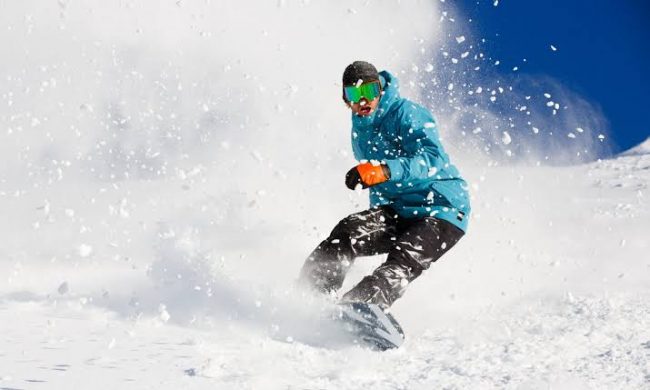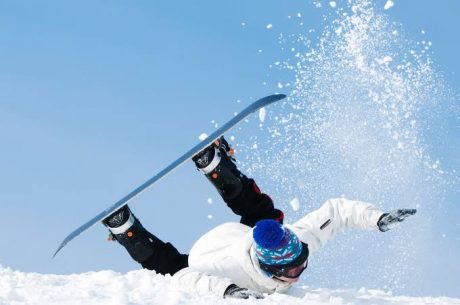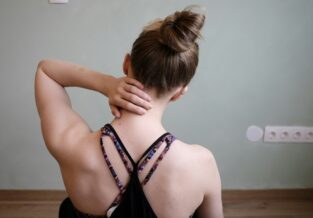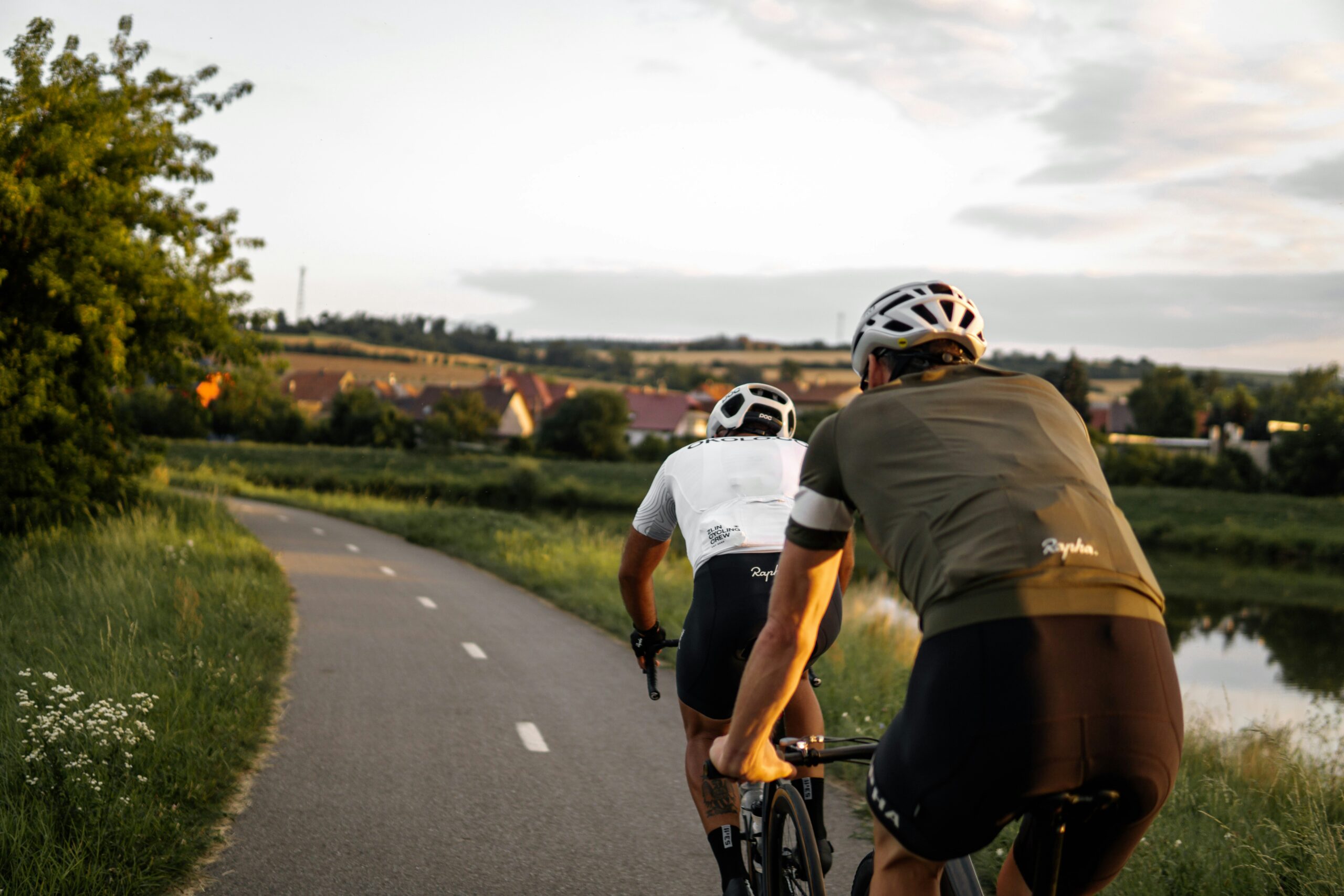Snowboarding vs Skiing- Important Injury Considerations
Published on
10 Jan 2020

Call us on: (03) 9975 4133
Snow season in Japan is well underway and many of you will be jet setting to hit the slopes throughout January and February. One of the most important decisions you will have to make is whether to snowboard, or to ski. The demands of snowboarding and skiing are varied, and when making this decision it is important to consider both the physical condition of your body and your injury history. Pure Physiotherapist Zoe discusses some of the more common injuries for each of the sports that you want to be aware of before taking on the slopes
The knee is the most common region injured by skiers due to the increased twisting and turning demands on the knee joint. In particular, ligament (ACL/MCL/PCL/LCL) injuries can occur due to a sudden twisting movement at the knee with the foot planted, and usually will express themselves as a popping sound which may or may not be followed by pain and instability in the knee. The meniscus, the cartilage in your knee that allows for smooth movement, can also be injured by sudden
twisting movements, and may also cause a popping sound upon injury, followed by giving way or locking in the knee. If you suspect that you have sustained one of the above injuries to your knee it is highly recommended that you see a Physiotherapist.

Head, neck, shoulder and wrist injuries often occur as a result of falls, which tend to be more common among snowboarders. In particular, clavicle (collarbone) fractures, shoulder dislocations, whiplash, wrist sprains and concussions are common. If you have a history of any of these injuries I would recommend you seek clearance from a Physiotherapist prior to snowboarding.
Although there is an inherent risk of injury associated with snow sports, there are strategies that you can implement that will help reduce your risk:
- Wear a helmet. Head injuries in both sports have reduced by 50% since 1999 which is likely due to increased use of helmets
- Complete a pre snow season conditioning program guided by a Physiotherapist that includes components of endurance, strength, power, agility and mobility. This should begin at least 6 weeks before your snow trip.
- Take lessons if you are a novice, and stick to runs that are suited to your appropriate skill level
- Snowboarders, wear wrist guards, especially if you have had a wrist injury before
- Skiers, ensure that your ski bindings release mechanism is set correctly. This allows your skis to release at the appropriate time in the event of a crash, and can help to prevent lower leg fractures and other injuries.
- Warm up prior to hitting the slopes. A simple 5 minute warm up can prepare your body and mind, and help to prevent injuries. This warm up should include a mix of upper and lower body exercises including squats, lunges, crab walks, push ups, theraband rows, and bow and arrows.
If you have any questions or concerns regarding preparing for a snow trip, or your suitability for snow sports, please get in touch with a Pure Physiotherapist.


